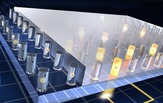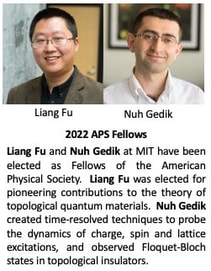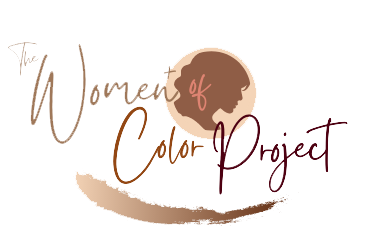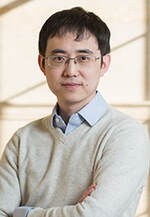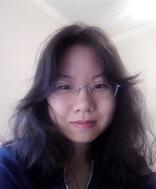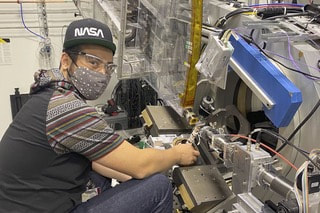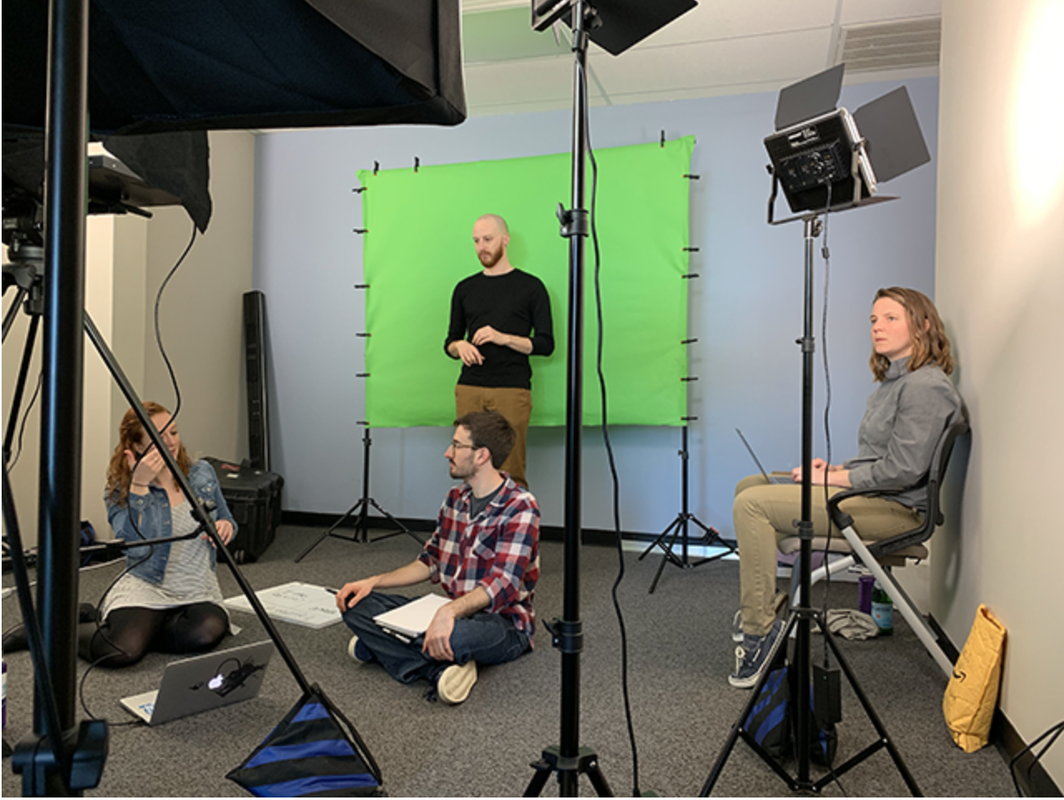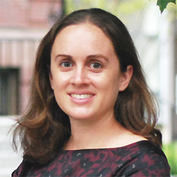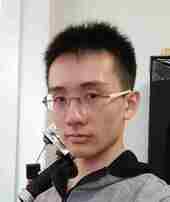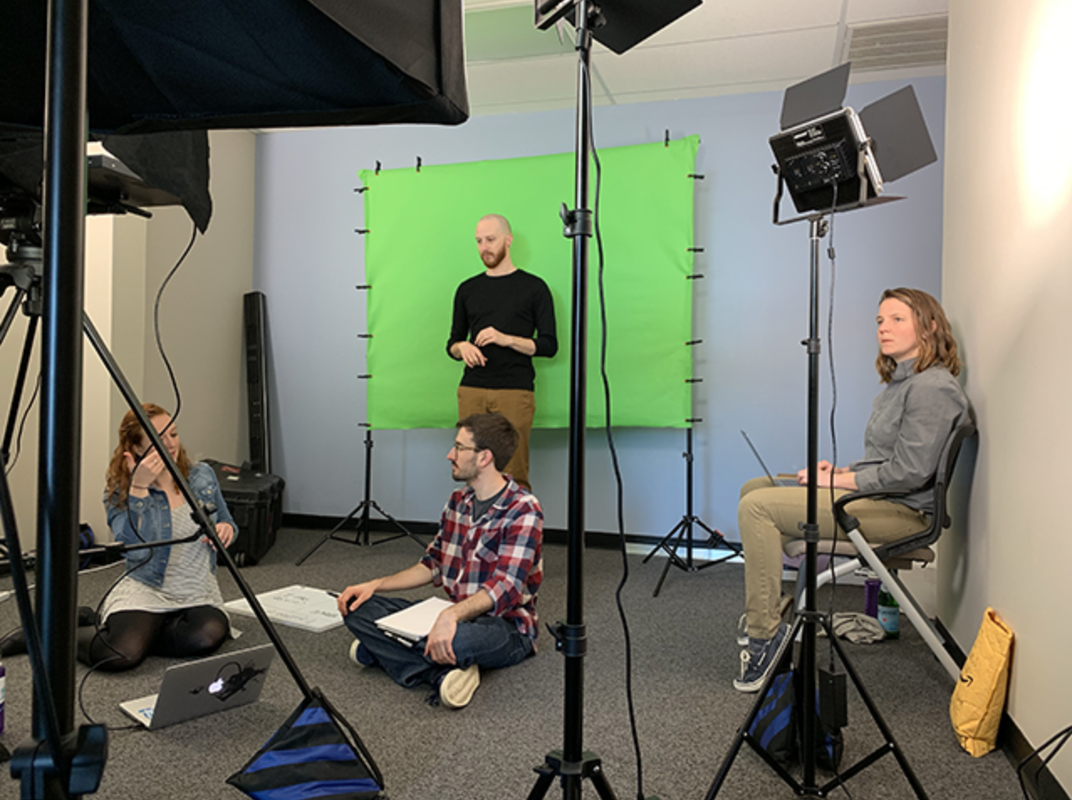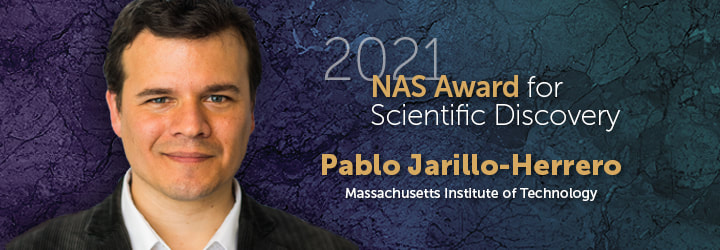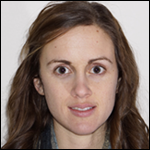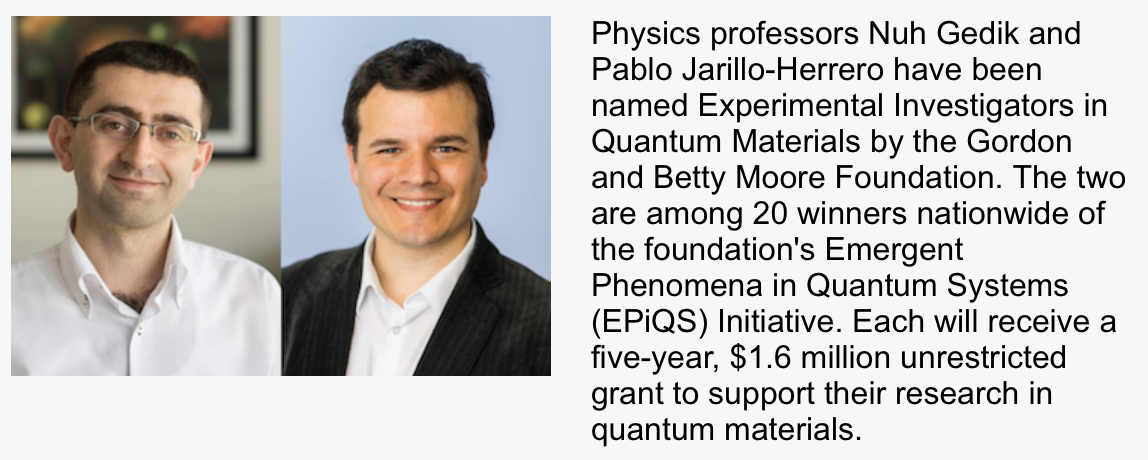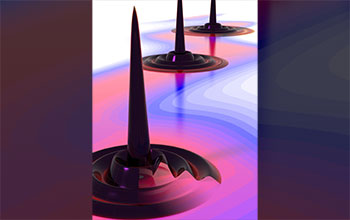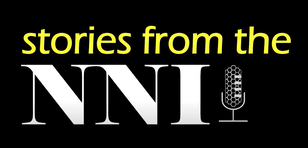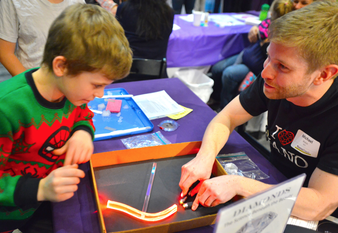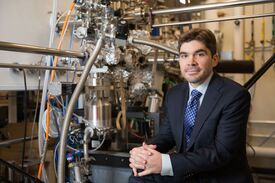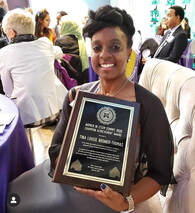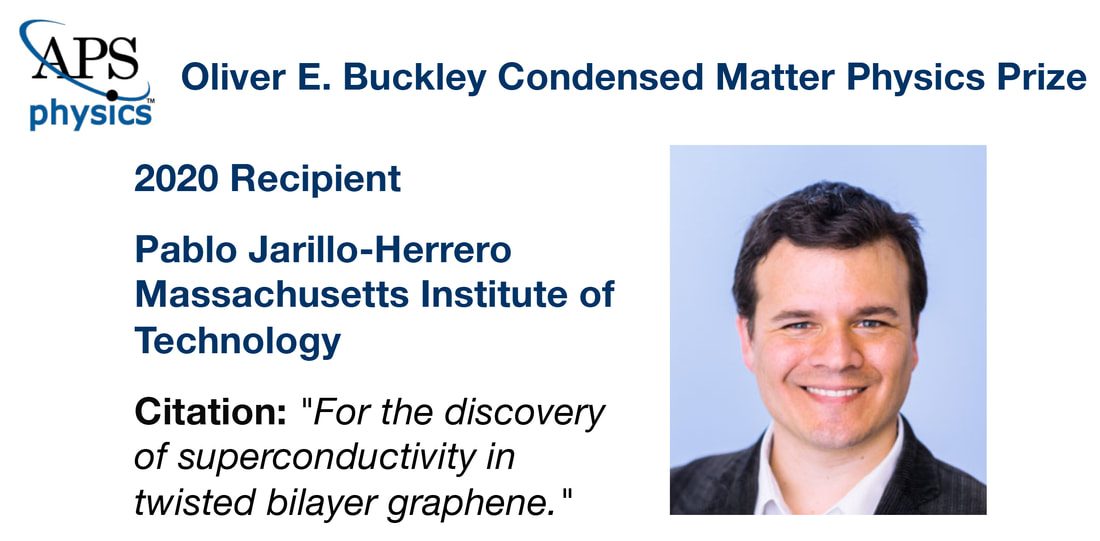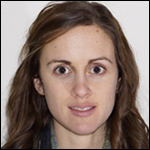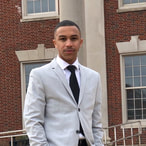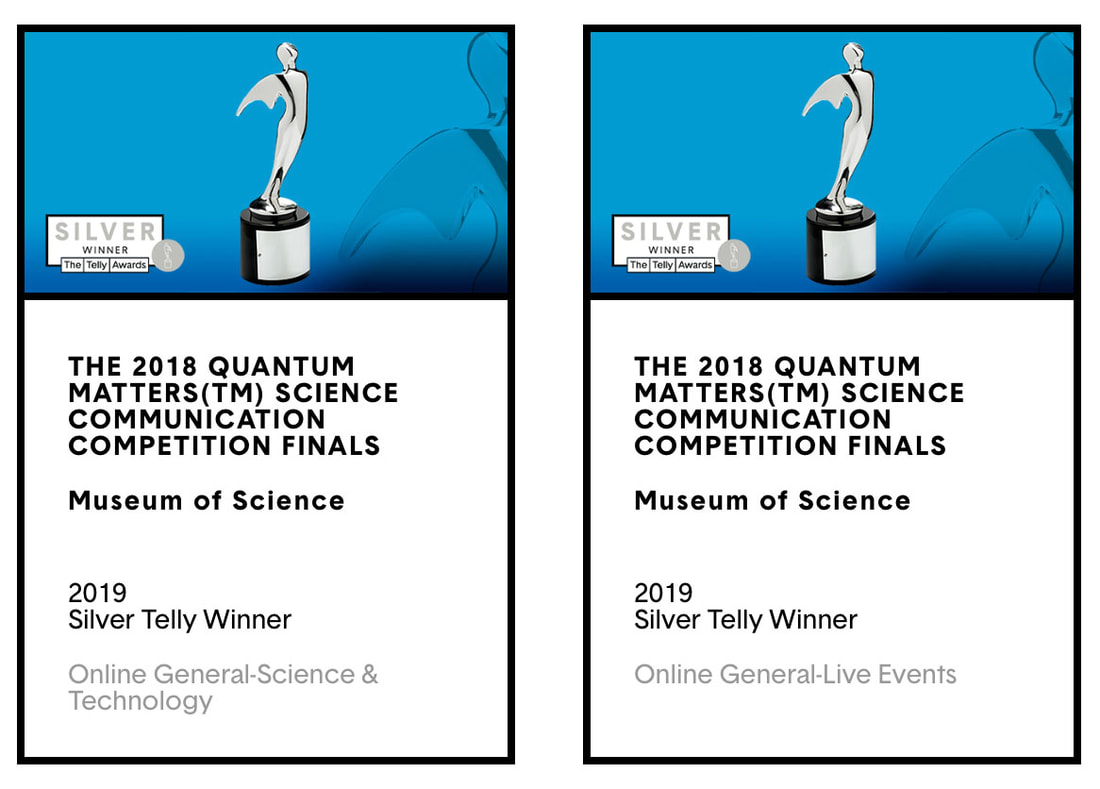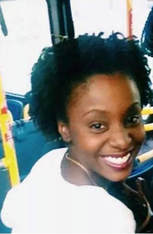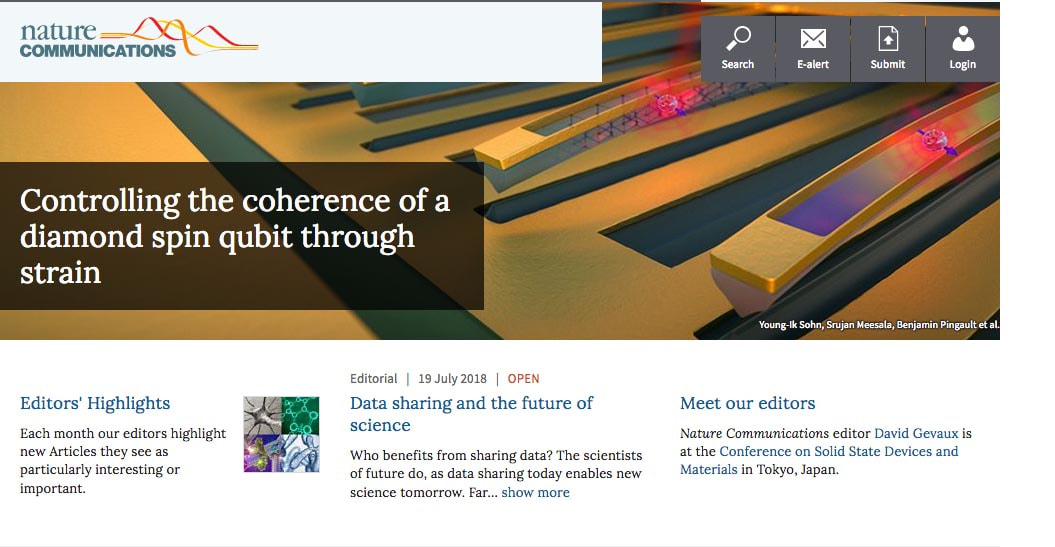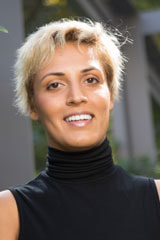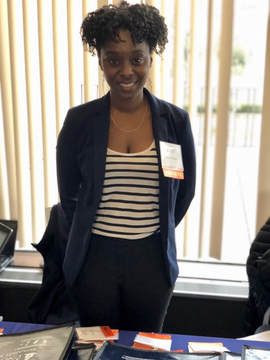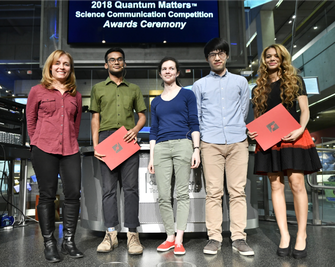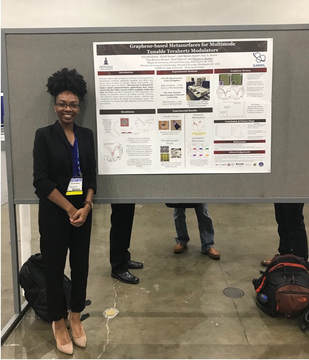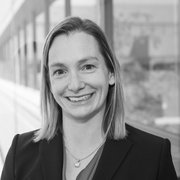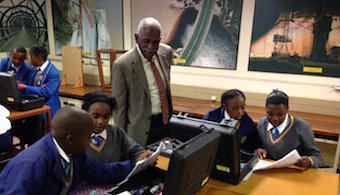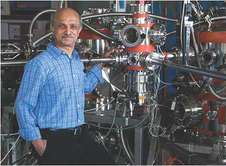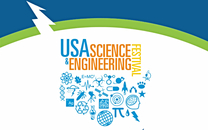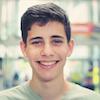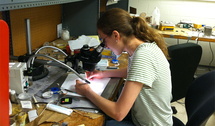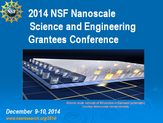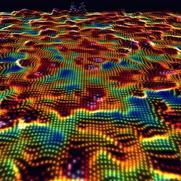CIQM Center News
Welcome to the Center for Integrated Quantum Materials News Page. We offer a variety of news and events resources to keep you informed about the happenings in and around our Center. If you have any questions or would like to share additional news items and/or events - please contact us at brave at seas dot harvard dot edu. Thank you!!
Welcome to the Center for Integrated Quantum Materials News Page. We offer a variety of news and events resources to keep you informed about the happenings in and around our Center. If you have any questions or would like to share additional news items and/or events - please contact us at brave at seas dot harvard dot edu. Thank you!!
|
Silicon image sensor that computes
Device speeds up, simplifies image processing for autonomous vehicles and other applications The research is published in Nature Electronics. “Our work can harnesses the mainstream semiconductor electronics industry to rapidly bring in-sensor computing to a wide variety of real-world applications,” said Donhee Ham, the Gordon McKay Professor of Electrical Engineering and Applied Physics at SEAS and senior author of the paper. |
|
Registration is now open for the Women+ of Color Project 2022 Graduate School Applications Workshop, deadline to apply September 6, 2022
https://thewocproject.org/workshop CIQM is a proud supporter of the Women+ of Color Project. Dedicated to seeing more Black, Native/Indigenous, Latina/x women+ in academia -- especially in STEM fields like math, physics, materials science, planetary science, and others. |
|
CIQM Faculty Long Ju named Sloan Fellow Seven members of the MIT faculty are among 118 early-career researchers recently named recipients of the 2022 Sloan Research Fellowships by the Alfred P. Sloan Foundation. Representing the departments of Chemistry, Economics, Electrical Engineering and Computer Science, Mathematics, and Physics, the honorees will each receive a two-year, $75,000 fellowship to advance their research. https://physics.mit.edu/news/seven-from-mit-named-2022-sloan-research-fellows/
|
|
CIQM Summer School project with Wellesley student Jenn Wang is on the cover of PRL! Wang helped developed the first topological acoustic transistor. Sound waves may pave the way for topological electronic transistors
https://journals.aps.org/prl/abstract/10.1103/PhysRevLett.128.015501 |
|
Balancing Science with Service
CIQM Graduate Fellow Shua Sanchez is exploring the frontiers of new materials while striving for justice in his community. At a young age, he became aware of climate change and read widely about ways to combat it, but it took until his final year at the University of Wisconsin-Madison for him to decide on a career in the field. For full article click here: https://www.cei.washington.edu/balancing-science-with-service/ |
|
Advances in Deaf Education: Colleges and individuals are endeavoring to make education for deaf people more inclusive and accessible by developing technical vocabulary, training interpreters of color and ensuring greater access.
https://www.insidehighered.com/news/2021/04/15/efforts-are-making-education-deaf-students-more-accessible-and-inclusive?utm_source=Inside+Higher+Ed&utm_campaign=0d770d4482-DNU_2021_COPY_02&utm_medium=email&utm_term=0_1fcbc04421-0d770d4482-198421205&mc_cid=0d770d4482&mc_eid=ea77334cad |
CIQM participated in the Workshop on Quantum Engineering Infrastructure (WQEI), held on April 13-15, 2021. The report on the workshop cane be found here: https://nnci.net/sites/default/files/inline-files/WQEI_final_report_final.pdf
|
CIQM Fellow Yuan Cao Wins McMillian Award for the pioneering discovery and exploration of superconductivity and correlated quantum phenomena in twisted bilayer graphene. The William L. McMillan Award recognizes outstanding contributions by a young condensed matter physicist. https://physics.illinois.edu/people/honors-and-awards/mcmillan-award
|
Expanding American Sign Language’s Scientific Vocabulary
A lack of signs for many scientific terms impedes deaf people’s entry into the sciences. Deaf scientists want to chip away at the barriers by developing more ASL signs for scientific terms.
https://cen.acs.org/education/science-communication/expanding-American-Sign-Languages-science-vocabulary-deaf/99/i25
A lack of signs for many scientific terms impedes deaf people’s entry into the sciences. Deaf scientists want to chip away at the barriers by developing more ASL signs for scientific terms.
https://cen.acs.org/education/science-communication/expanding-American-Sign-Languages-science-vocabulary-deaf/99/i25
Harvard Center Helps Improve Communication of Quantum Science Concepts in American Sign Language: Harvard’s Center for Integrated Quantum Materials and the Learning Center for the Deaf are developing new signs in American Sign Language for quantum science concepts to increase accessibility in the field. https://www.thecrimson.com/article/2021/3/30/quantum-asl-harvard/
|
Signs of Quantum Science: Collaborative project creates quantum science terms in American Sign Language.
A collaboration between Harvard’s Center for Integrated Quantum Materials (CIQM) and The Learning Center for the Deaf (TLC) is attacking this challenge, with the aim of increasing STEM opportunities for deaf and hard-of-hearing students. https://www.seas.harvard.edu/news/2021/03/signs-quantum-science |
CIQM's Josh Bridger Featured on MoS "Ask a Scientist": Quantum Diamonds
|
|
|
Join Us in Congratulating Pablo Jarillo-Herrero!
Pablo Jarillo-Herrero, Massachusetts Institute of Technology, will receive the 2021 NAS Award for Scientific Discovery, presented in astronomy, materials science, or physics. Jarillo-Herrero has contributed greatly to the fields of nanoscience and nanotechnology through his discovery of correlated insulator behavior and unconventional superconductivity in magic-angle graphene superlattices. His findings expand nanoscience by demonstrating for the first time that orientation can be used to dramatically control |
nanomaterial properties and to design new nanomaterials.
In 2018, his research group discovered that by rotating two layers of graphene relative to each other by a magic angle the bilayer material can be turned from a metal into an electrical insulator or even a superconductor. This discovery has fostered new theoretical and experimental research, inspiring the interest of technologists in nanoelectronics. The result is a new field in condensed-matter physics that has the potential to result in materials that conduct electricity without resistance at room temperature. Jarillo-Herrero’s research lays the groundwork for developing a whole new family of 2D materials and has had a transformative impact on the field and on condensed-matter physics. He has been recognized with the 2020 Buckley Prize of the American Physical Society and the 2020 Wolf Prize in Physics, sometimes considered a forerunner to the Nobel Prize. |
|
Julia Mundy Receives Packard Fellowship
On October 15, the David and Lucile Packard Foundation announced the 2020 class of Packard Fellows for Science and Engineering. This year Prof. Julia Mundy is one of 20 innovative early-career scientists and engineers, who will each receive $875,000 over five years to pursue their research. The Packard Fellowships in Science and Engineering are among the nation’s largest nongovernmental fellowships, designed to allow maximum flexibility in how the funding is used. Since 1988, this program has supported the blue-sky thinking of scientists and engineers whose research over time has led to new discoveries that improve people’s lives and enhance our understanding of the universe. Packard Fellows are at the cutting edge of research into crucial issues like COVID-19 and climate change, and have gone on to receive the highest accolades, including Nobel Prizes in Chemistry and Physics, the Fields Medal, and many other prizes. |
|
Nuh Gedik and Pablo Jarillo-Herrero are 2020 Moore Experimental Investigators in Quantum Materials
https://mrl.mit.edu/index.php/component/k2/347-nuh-gedik-and-pablo-jarillo-herrero-are-2020-moore-experimental-investigators-in-quantum-materials |
|
National Science Foundation and White House Office of Science and Technology Policy initiate collaborative effort to develop critical resources for quantum education. The National Science Foundation (NSF) and the White House Office of Science and Technology Policy (OSTP) are actively engaged in educating, growing and sustaining a qualified workforce for the advancement of Quantum Information Science and Technology. NSF, in close coordination with OSTP, initiated and funded a virtual workshop hosted by the Harvard University, Center for Integrated Quantum Materials (CIQM) in March 2020. Entitled "Key Concepts for Future Quantum Information Science Learners," the workshop was designed to identify essential concepts for future curricular and educator activities that will help K-12 students engage with quantum information science (QIS).
For full article click here |
|
Talking about effective science communication
In the new episode of the National Nanotechnology Initiative's Stories from the NNI podcast, Lisa Friedersdorf, director of the National Nanotechnology Coordination Office, and Carol Lynn Alpert, co-director of the Center for Integrated Quantum Materials and director of the Strategic Projects Group at the Museum of Science in Boston, discuss the importance of effective science communication across disciplines and to the public. Alpert gives her tips for better presentations and discusses the Quantum Matters Science Communication Competition. Check out the podcast. |
|
CIQM’s Michael Walsh Aces Center’s First Virtual Thesis Defense
It was a good thing that Englund lab member Michael Walsh had already developed remote processing controls for his integrated photonic quantum circuit when COVID-19 hit, because he still had some work to do, and he was locked out of the lab. Then, on Friday, April 17, 2020 Walsh became the first CIQM graduate to Zoom his thesis defense live, not only to his thesis committee and lab mates, but also to friends and family around the country. |
Walsh credited his outstanding performance explaining his work with qubits, quantum networks, solid state quantum emitters, and device integration in part to his participation in CIQM science communication professional development activities and volunteering at the Museum of Science. His impressive portfolio of quantum engineering achievements has earned him a coveted research position at Hughes Research Lab (HRL) in Malibu, where he’ll be helping to build classical control architecture related to an HRL quantum computing system based on silicon quantum dots. See the video of thesis defense here, https://www.youtube.com/watch?v=q05oKvfLUnk and give a thumbs up for Michael.
|
Moore Foundation awards $1.7 million Emergent Phenomena in Quantum Systems (EPiQS) Initiative grant to associate professor of physics Joseph G. Checkelsky, to pursue his search for new crystalline materials.
|
|
Kathy Aidala Wins 2020 Prize for a Faculty Member for Research in an Undergraduate Institution.
For exceptionally creative and interdisciplinary research using scanning probe microscopy for novel studies of magnetic nanorings, biofilms, and organic semiconductors and for outstanding mentoring of women undergraduates, particularly through research collaborations. https://www.aps.org/publications/apsnews/updates/spring-prizes20.cfm |
|
Prof. Julia Mundy has been awarded 2019 Materials Research Prize for Young Investigators by ETH Zurich (Swiss Federal Institute of Technology). The biennual prize, which recognizes outstanding contributions of young investigators that advance materials, from fundamental to applied research, has been established in order to emphasize the fundamental role young researchers play in advancing materials science, spanning fundamental and applied research.
|
|
The Museum of Science Boston’s 21-minute online video “The 2018 Quantum Matters(TM) Science Communication Competition Finals is a 2019 Silver Telly Winner in two categories in this year’s 40th Anniversary Telly Awards. The video won the silver in both the Online Live Events and in the Online Science & Technology categories. The awards were announced May 21st. “The TellyAwards annually showcases the best work created within television and across video, for all screens. Receiving over 12,000 entries from all 50 states and 5 continents, Telly Award winners represent work from some of the most respected advertising agencies, television stations, production companies and publishers from around the world.”
|
|
Congratulations to our CIQM graduate student Pheona Williams for winning FIRST PRIZE at the National Society of Black Physicists Annual Conference in Columbus Ohio in November!
Pheona was awarded first prize in the condensed matter poster presentation division for her CIQM funded research project: 'Temperature-Dependent Raman Spectroscopy of Doped and Undoped Topological Insulators'. |
|
|
Quantum Matters Competition Video is on You Tube. Four young scientists compete to give the best (and most-entertaining) 3-minute explanation of a significant aspect of quantum technology to a family audience at the Museum of Science, Boston. You’ll see pink-frosted donuts, fireflies, loops, lightsabers, and more. Suspense builds as the audience texts in their votes and a panel of expert judges deliberates. Sponsored by the Museum of Science and the Center for Integrated Quantum Materials; funded by the National Science Foundation (Award No. 1231319). All rights reserved.
|
|
Prineha Narang, Assistant Professor of Computational Materials Science, has been named to MIT Technology Review’s prestigious annual list of Innovators Under 35.
Narang, who joined SEAS in 2017, develops novel quantum engineered materials and devices with applications in sensing and photodetection, energy conversion, as well as quantum information processing. Her research is at the exciting intersection of computational materials science, condensed matter theory, quantum chemistry and quantum photonics. |
|
CIQM graduate student Pheona Williams (Advisor; Thomas A. Searles) is attending the Quantum Science Summer School. QS³ is intensive training and lecture program based at Cornell University. The summer school trains graduate students and postdocs from around the country in condensed matter, materials, and related fields for the next "quantum revolution." Focusing on providing students with an interactive learning experience with both theoretical and experimental leaders. in the field and a connection to new technology. This year’s focus is Fundamentals and Applications of Quantum Materials. CIQM faculty Joe Checkelsky (MIT) and Liang Fu (MIT) are amongst the list of organizers. QS³ is supported by the National Science Foundation and the Department of Energy.
|
|
Erin Strictland – A Howard University Junior and 3rd year CIQM intern researcher (advised by prof Thomas A. Searels). Presented her presentation titled “Graphene-based Metasurfaces for Multimode Tunable Terahertz Modulators” at the American Physical Society March Meeting in Los Angeles, California. The APS March Meeting 2018 brought together more than 11,000 physicists, scientists, and students from all over the world to share groundbreaking research from industry, universities, and major labs. |
|
Alumna uses big data and machine learning to help homeowners cut energy costs
Crank up the A/C and the temperature in the house starts falling. Simple, right? Not quite, says alumna Marissa Hummon, Ph.D. ’09, senior energy scientist at Tendril. Turning on a home’s air conditioner requires an automatically-controlled generator operated by the local utility company to put out a little bit more power to meet those energy demands. “But the problem with electricity is that people want to use it all at the same time,” explained Hummon, who earned her graduate degree in applied physics at the Harvard John A. Paulson School of Engineering and Applied Sciences. “On a summer day, many people across an entire state typically start feeling warm at the same time. If everyone turns on their air conditioners at once, system operators rely on generators to automatically respond, but that response is very expensive.” Hummon and her team of engineers have developed a tech-driven solution to this problem. Tendril’s Orchestrated Energy (OE) system utilizes smart thermostats, big data, and machine learning techniques to manage demand for air conditioners, optimizing home energy use so the grid is not overloaded by thousands of A/C units switching on simultaneously. Click here for full article |
|
Professor Steven Richardson was awarded the MIT Martin Luther King Visiting Scholarship for the 2016-2017 academic year. The program honors the life and legacy of Dr. Martin Luther King Jr. by increasing the presence of minority scholars at MIT.Dr. Martin Luther King, Jr. Visiting Professors and Scholars enhance their scholarship through intellectual interactions with MIT peers and enrich the intellectual life of the Institute with their participation in MIT research and academic programs.
Scholars are expected to be deeply engaged in the life of the Institute through teaching, research and other scholarly interactions with the MIT community. Their presence gives them the opportunity to make a significant impact on the growth and awareness of undergraduate and graduate students, as well as the MIT community as a whole. |
|
Research Highlight: Moodera group is building the essential knowledge and hardware for next generation computers.
Click here for full MPC Article |
|
Howard University to Anchor 2016 HBCU Science and Engineering Pavilion as part of Project STEM 2016. "we have been invloved with the Science and Engineering Festival since its inception" says Dr Gary Harris, "It's a great 3 days of celebrating the sciences. There's nothing like it that I know of..It's about exposure...I have a saying " People can't do what they can't imagine". The fesitval is about expanding people's imagination"
Washington DC April 15-17, 2016 |
|
New Frontiers in Nanophotonics: Diamond Optical Windows Show Promise for High-Power Lasers
CIQM Researcher Marko Loncar teams up with Element Six to make Diamond Windows Click here for full article |
|
Jeffrey Holzgrafe ’15 has been named a 2015 Marshall Scholar, one of the most prestigious scholarship programs in higher education. Holzgrafe, from Austin, Texas, will study physics at Cambridge University in England. He is the first student in Olin’s history to earn this honor.
The Marshall Scholarships were created to “finance young Americans of high ability to study for a degree in the United Kingdom,” according to the program’s website. No more than forty students are chosen each year for the honor. Olin President Rick Miller called the announcement “an important milestone in Olin’s history.” He added, “This is an amazing accomplishment.” |
|
June 30, 2015: CIQM Wellesley Undergraduate Carinia Belvin wins 2015 Barry M. Goldwater Scholarship, an award that supports outstanding undergraduate students in the fields of mathematics, science, and engineering, and covers the cost of tuition, fees, books, and room and board.
In the fall of Belvin’s sophomore year, she began working with Robbie Berg, professor of physics. “We study atom-sized defects in diamond called nitrogen-vacancy (NV) centers, which can be used as quantum bits for quantum computers,” she said. Belvin presented her work on NV centers at Wellesley’s Ruhlman Conference in 2014 and 2015; she will continue that research for her senior thesis. |
For Belvin, who plans to obtain a Ph.D. in physics and pursue a career in academia, the Goldwater Scholarship is another wonderful affirmation of her hard work and achievements so far. “I am very honored to have won this prestigious award,” she said. “It gives me confidence that I can succeed in graduate school and beyond.”
Nov 25, 2014: Mildred Dresselhaus Awarded Presidential Medal of Freedom
Mildred Dresselhaus was awarded the Presidential Medal of Freedom by President Obama yesterday. The White House explains “The Presidential Medal of Freedom is the Nation’s highest civilian honor, presented to individuals who have made especially meritorious contributions to the security or national interests of the United States, to world peace, or to cultural or other significant public or private endeavors.”
Dresselhaus is a Professor of Physics and Electrical Engineering, Emerita Institute Professor at the Massachusetts Institute of Technology. She was the Chair of the Governing Board of the American Institute of Physics from 2003-2008.
Mildred Dresselhaus was awarded the Presidential Medal of Freedom by President Obama yesterday. The White House explains “The Presidential Medal of Freedom is the Nation’s highest civilian honor, presented to individuals who have made especially meritorious contributions to the security or national interests of the United States, to world peace, or to cultural or other significant public or private endeavors.”
Dresselhaus is a Professor of Physics and Electrical Engineering, Emerita Institute Professor at the Massachusetts Institute of Technology. She was the Chair of the Governing Board of the American Institute of Physics from 2003-2008.
|
Dec 1, 2014: NSF Uses Marko Loncar image as cover and name badge design for 2014 NSF Nanoscale Science and Engineering Grantee Conference
The NSF Nanoscale Science and Engineering (NSE) grantee conference highlights the research and education activities of ongoing NSE grant projects. Roundtable discussions promote new interdisciplinary partnerships and identify future directions for research, education, networking, business interactions, environmental health and safety, and societal impact. |
|
Nov 11, 2014 Gordon and Betty Moore Foundation Selects New Awardees in Experimental Physics to Stimulate Discoveries in Quantum Materials
Congratulations to CIQM Faculty Nuh Gedik, Jenny Hoffman, Pablo Jarrilo-Herrero, Philip Kim, and Amir Yacoby! Full Article here |
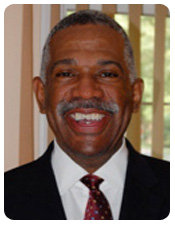
Winner of the Faculty Senate's 2013 Exemplary Teaching Award, Dr. Steven Richardson has instructed and inspired students in Howard's School of Engineering for 25 years. Trained as a theoretical physicist, he says he "embarked on an interesting experiment" when he joined the faculty in the Department of Electrical Engineering. However, he soon discovered that his physics background prepared him especially well to develop innovative and effective approaches to teaching electromagnetic theory, solid state physics, and engineering analysis. These approaches evolved from the four principles that undergird his teaching philosophy:
1. " A good teacher is one, who in addition to being a clear lecturer, is also an outstanding coach, role model, listener, and motivator."
2. "Students need constant feedback and evaluation of their performance in learning the skills of a given subject."
3. "Technology has to be carefully integrated into our teaching for maximum effectiveness."
4. "Imitation is the sincerest form of flattery."
Link to full article text: http://www.cetla.howard.edu/featured_teacher/
1. " A good teacher is one, who in addition to being a clear lecturer, is also an outstanding coach, role model, listener, and motivator."
2. "Students need constant feedback and evaluation of their performance in learning the skills of a given subject."
3. "Technology has to be carefully integrated into our teaching for maximum effectiveness."
4. "Imitation is the sincerest form of flattery."
Link to full article text: http://www.cetla.howard.edu/featured_teacher/
